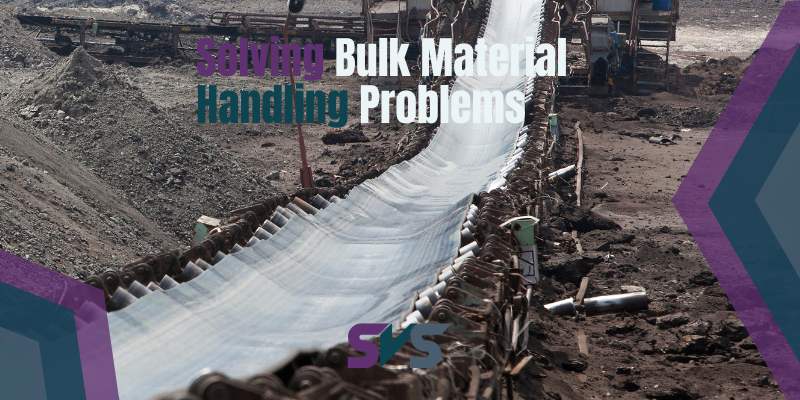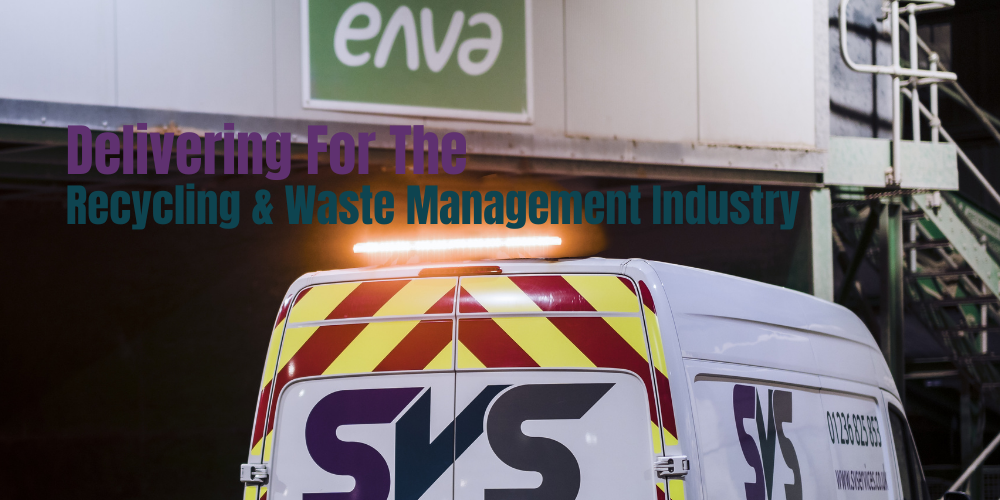18 April, 2022
Belt slippages are a key cause of damage to a conveyor belt. When the belt slips, it can result in tears which must be repaired as soon as possible. While this means stopping for unscheduled maintenance, not stopping to repair these issues can make the tears worse and eventually lead to inoperable equipment that must be stopped for a longer period of time. Any unscheduled downtime can negatively affect your return on investment (ROI) so preventing this is paramount to making maximising profits.
What is Drum Lagging?
Drum lagging is designed to prevent belt slippages by increasing friction with the belt and preventing material build-up. While the purpose remains the same with every form of lagging, different types are used to prevent specific problems and to suit the environment in which the conveyor system is located. Knowing the difference between common types of drum lagging and their purpose can save you time and money when it comes to the smooth operation of your conveyor system.
Rubber Lagging

Rubber is the most common form of drum lagging. It’s a relatively soft material which makes it great for introducing more friction with the belt and being resilient to wear over time. There are many options to choose from when considering rubber lagging for your conveyor system. If needed, different patterns can be cut into it to introduce more friction and offer greater flexibility. Another great benefit of rubber lagging is its affordability when compared to other options. This doesn’t necessarily mean it’s of worse quality to other options, it does provide companies with an opportunity to maximise their profits however. Especially in the short term as they are not spending as much in the immediate future.
One issue with rubber lagging, however, is that the operational lifetime of the material is not as long as other options. Because of this, it must be replaced more often than other materials to ensure top performance in its application. Another is that rubber is not the ideal material to get optimal friction from. This means that belt slippages, while far less common with this type of lagging installed, can still happen, even if not as regularly as with no lagging installed.
Ceramic Lagging

Ceramic lagging is another option. It is more hardy and durable when compared to rubber meaning it stands up far better to harsh conditions and has a far longer service lifetime. The most common forms of ceramic lagging are smooth and dimple, both of which significantly increase friction, grip and the tracking of the belt. This massively reduces belt slippages and decreases the likelihood of unscheduled downtime.
While offering better durability in harsh conditions and better friction on the belt, ceramic lagging is noticeably more expensive than rubber lagging. However, while presenting a higher up-front cost, ceramic lagging will save you money over longer period of time, especially if your conveyor system operates in difficult conditions in which parts can wear out very quickly. Installing this form of lagging is almost a guaranteed way to reduce belt slippages for a long time and increase your ROI.
Still not sure what type of lagging is right for you? Our team are experts in bulk material handling and can advise you on the right products to help reduce costs and maximise your profits. Get in touch with us today through the form below 👇




